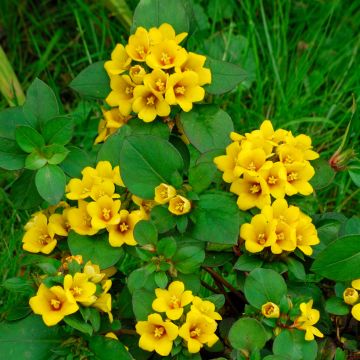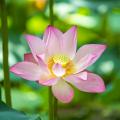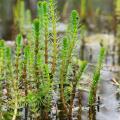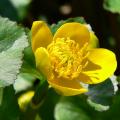Aquatic Plants for Shade
Does this plant fit my garden? Set up your Plantfit profile →
Available in 2 sizes
Available in 1 sizes
Available in 1 sizes
Available in 1 sizes
Available in 1 sizes
Available in 1 sizes
Available in 1 sizes
Available in 1 sizes
Our aquatic plants for shade. These plants, unlike water lilies, thrive in partial shade or even full shade. This is the case with the Aponogeton distachyos, or water hawthorn, a floating plant with fragrant white flowers that emerge from the water and Oenanthe javanica 'Flamingo', a marginal plant with variegated pink and green leaves that can even grow with its feet in the water. Potamogeton lucens, or shining pondweed is completely submerged and has leaves that shimmer in the shade. Acorus gramineus 'Variegata', or variegated Japanese rush, grows well on slightly shaded banks. Saururus cernuus, known as lizard's tail, also grows with its feet in the water or on damp soil, with a bit of light. Let's not forget Thelypteris palustris, or marsh fern, a low-maintenance plant that thrives on banks or under 10 cm of water.
Discover shade plants that allow you to keep your water garden green even in the shadiest corners on these pages.
Haven't found what you were looking for?



















































